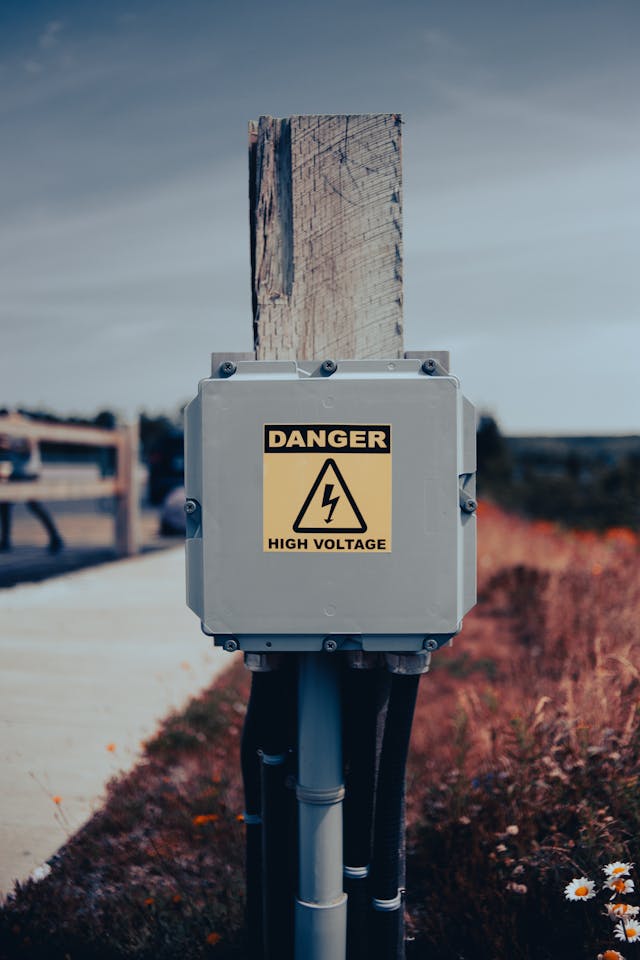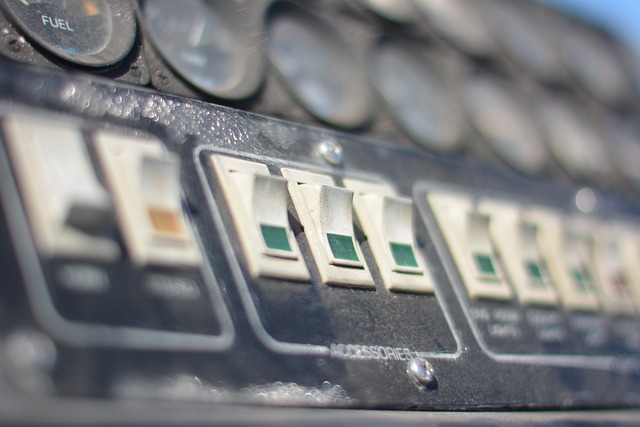
Upgrading an electrical panel, often referred to as electrical panel upgrades, is a crucial task for maintaining the safety, efficiency, and reliability of a home’s electrical system. Whether you’re renovating, adding new appliances, or simply updating an older system, understanding the intricacies of this process can help you make informed decisions. Here’s an in-depth look at what goes into electrical panel upgrades.
Understanding the Electrical Panel
An electrical panel, also known as a breaker box, electrical panel box, or distribution board, is the central hub that distributes electrical power to various circuits within a home. It houses circuit breakers or fuses that protect electrical circuits from overload or short circuits. Upgrading this panel involves several steps, each requiring careful planning and execution.

Why Upgrade Your Electrical Panel?
Increased Power Demands
Modern homes consume more electricity than ever before due to the proliferation of electronic devices, appliances, and smart home technologies. Older panels may not be equipped to handle these increased demands, leading to frequent tripping of breakers.
Safety Concerns
Older panels, especially those installed decades ago, might pose safety risks. Outdated designs or wear and tear over the years can lead to electrical fires or other hazards. Electrical panel upgrades ensure compliance with current safety standards.
Home Renovations
Major renovations, such as adding new rooms or significant appliances like HVAC systems, often require additional circuits. An upgraded panel provides the necessary capacity for these enhancements.
Steps to Upgrade an Electrical Panel
1. Assessment and Planning
Before any work begins, a licensed electrician will assess your current electrical system. This includes evaluating the existing panel, wiring, and overall electrical load. Based on this assessment, they’ll determine the appropriate size and type of the new panel, typically measured in amperes (amps).
2. Permits and Regulations
Electrical work is subject to strict local building codes and regulations. Your electrician will need to obtain the necessary permits from local authorities before starting the upgrade. This ensures that the work complies with safety standards and is inspected upon completion.
3. Choosing the Right Panel
Panels come in various sizes, commonly 100, 150, 200, and 400 amps. The choice depends on your current and anticipated future electrical needs. Your electrician will help you choose a panel that not only meets your present demands but also allows for future expansion.
4. Shutting Off Power
For safety, the power supply to the entire house must be shut off. This might involve coordinating with your utility company, especially if the panel is connected to the main power line.
5. Removing the Old Panel
The existing panel and its components are carefully removed. This includes disconnecting all the circuits, which is a meticulous process requiring detailed knowledge of the home’s wiring.
6. Installing the New Panel
The new panel is installed in the designated location. This involves mounting the panel, reconnecting the existing circuits, and adding new breakers if necessary. The wiring from the old panel is transferred to the new one, ensuring all connections are secure and properly insulated.
7. Testing and Inspection
After installation, the system undergoes rigorous testing to ensure everything operates correctly. This includes checking each circuit for proper function and verifying that the panel is grounded correctly. A final inspection by a local building authority is usually required to confirm the work meets all regulatory standards.
8. Restoring Power
Once all inspections are complete and any necessary adjustments are made, the power is restored. The electrician will then do a final check to ensure that the system is fully operational and safe.
Costs Involved
The cost of electrical panel upgrades can vary widely based on several factors, including the size of the new panel, the complexity of the installation, and regional labor rates. On average, homeowners can expect to pay between $1,000 and $3,000 for a standard upgrade. However, costs can rise significantly for more complex projects or if extensive rewiring is required.
Benefits of Upgrading
Enhanced Safety
A modern electrical panel reduces the risk of electrical fires and other hazards, providing peace of mind for homeowners.
Improved Efficiency
Newer panels are designed to handle higher electrical loads more efficiently, reducing the risk of breaker trips and power outages.
Increased Home Value
An upgraded electrical system can be a selling point for potential buyers, as it signals a well-maintained and modernized home.
Future-Proofing
With the rapid advancement of home technologies, having a panel that can accommodate future upgrades and expansions ensures your home remains up-to-date.

Conclusion
Upgrading an electrical panel is a significant but necessary investment in your home’s safety and functionality. By understanding the process and working with a qualified electrician, you can ensure that your electrical system meets your current needs and is prepared for future demands. Whether you’re renovating, enhancing safety, or increasing your home’s value, an upgraded electrical panel is a wise choice for any homeowner.